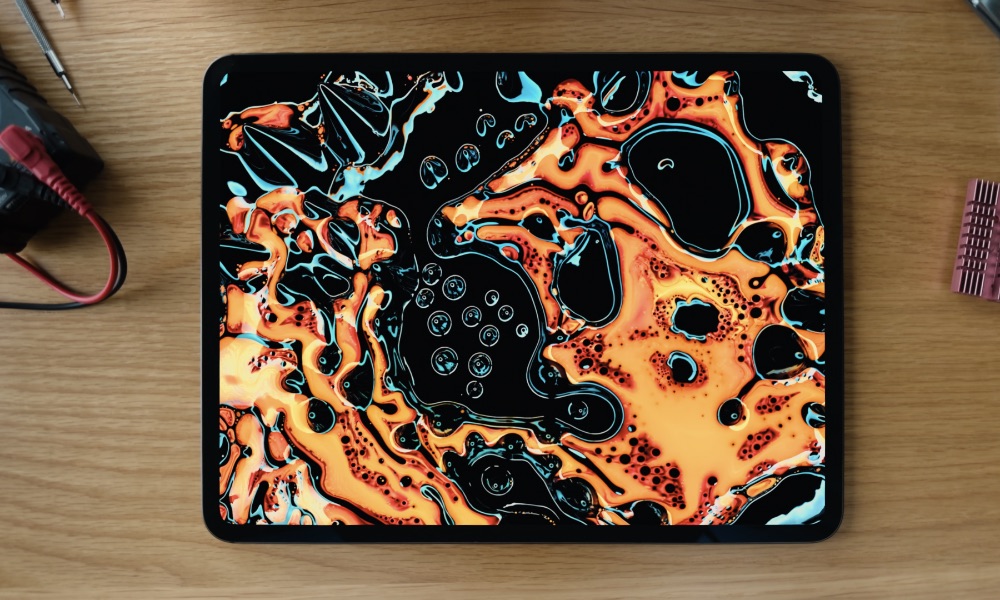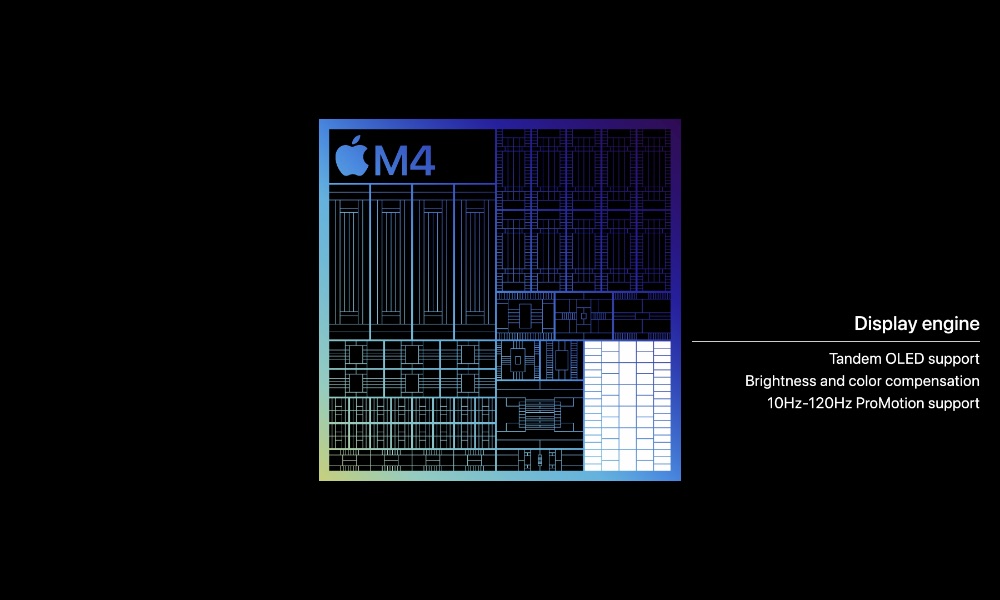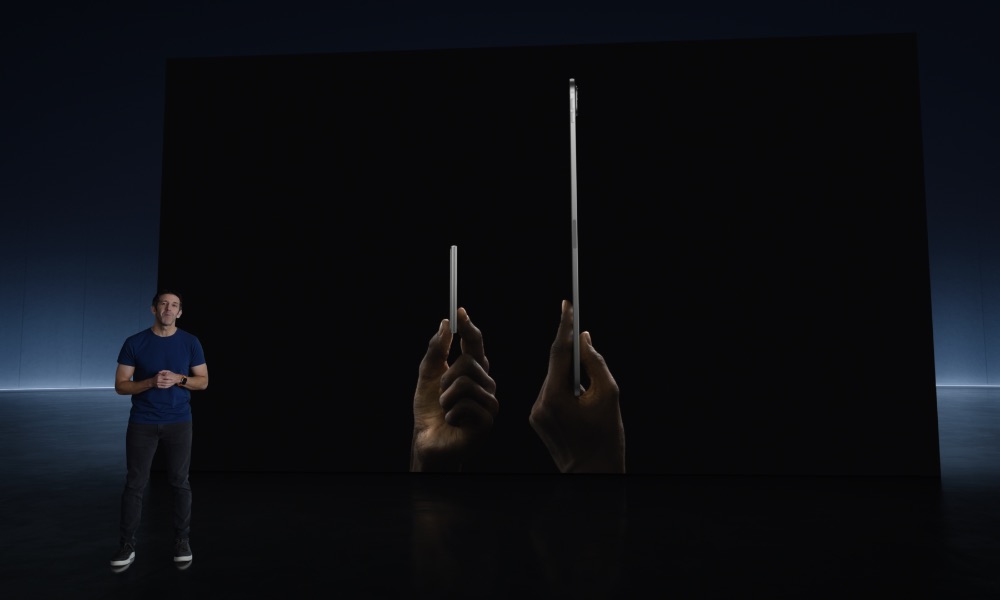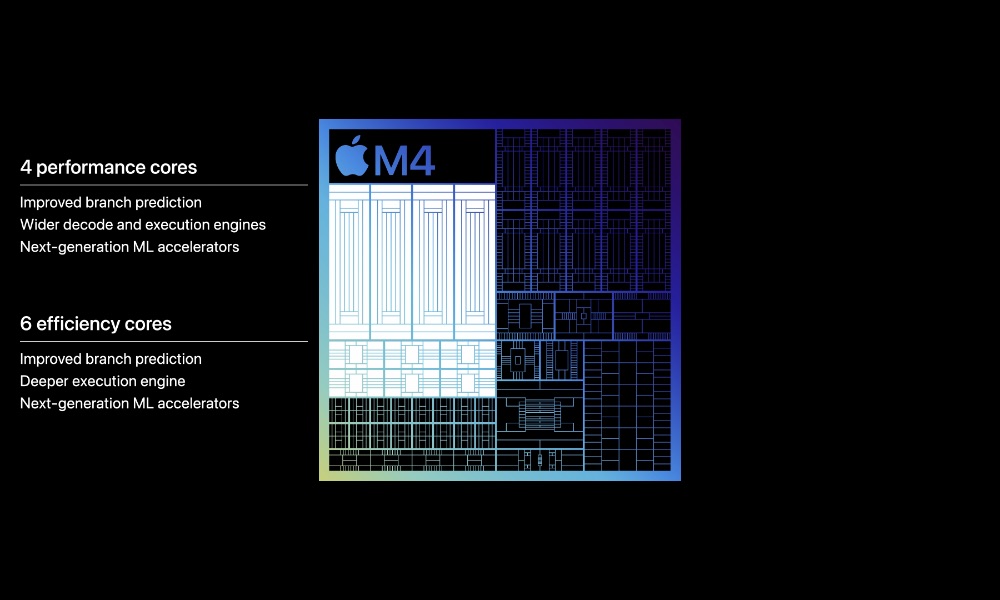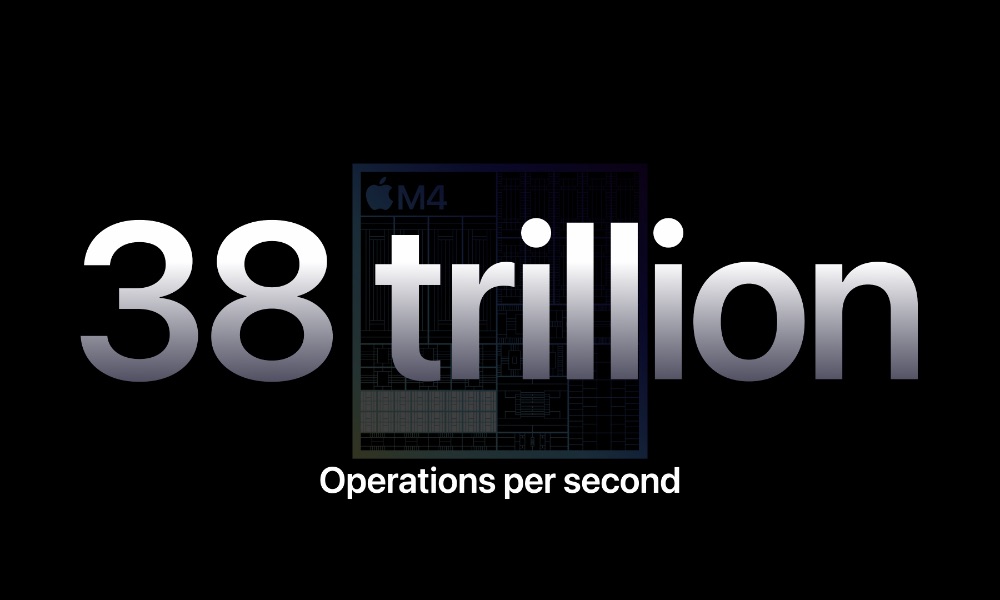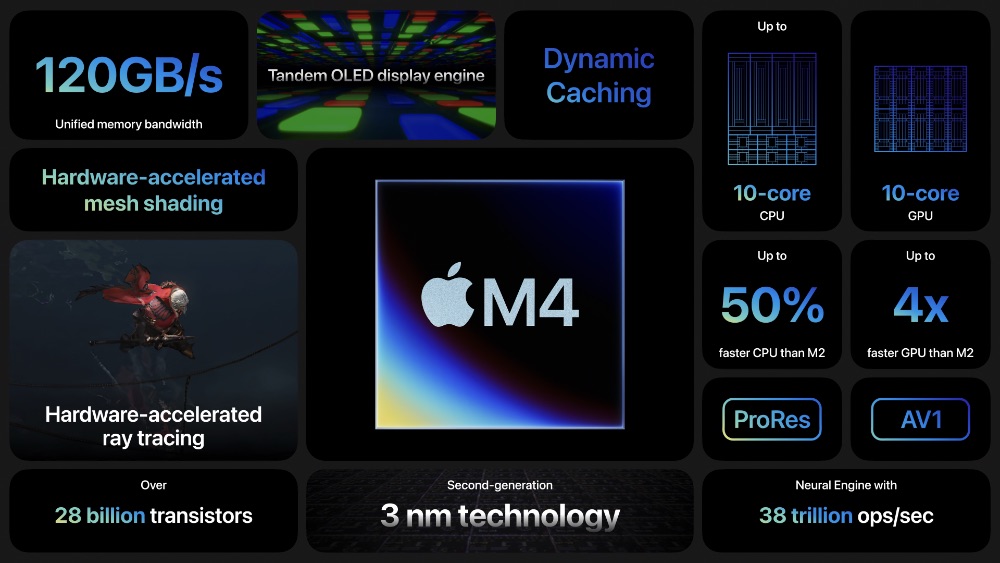Apple Debuts M4 Chip in ‘Impossibly Thin’ New iPad Pro
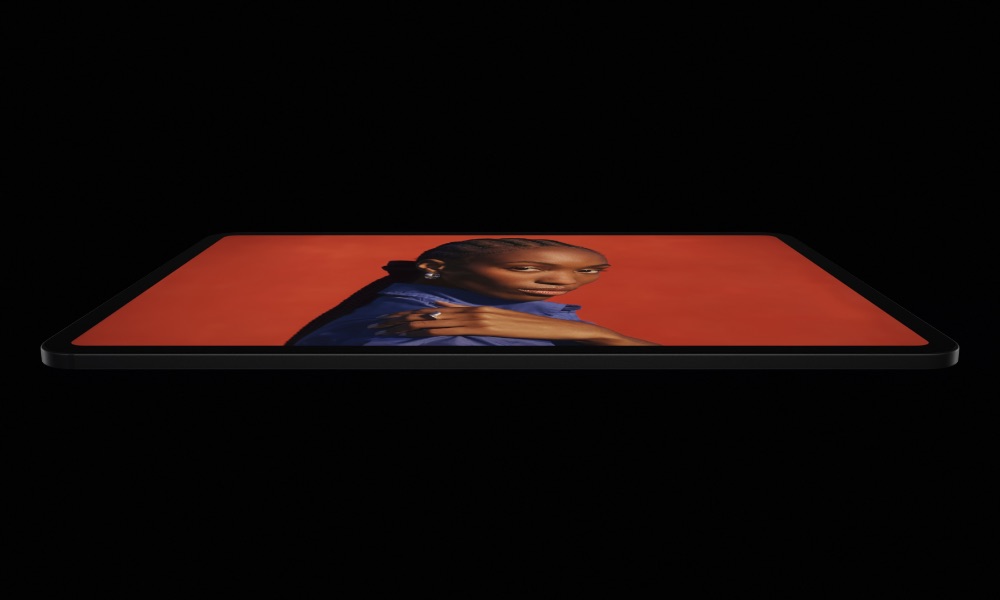
Toggle Dark Mode
The headline announcement at Apple’s Let Loose event this morning was the unveiling of a powerful new iPad Pro that pulls out all the stops in setting a new bar for performance.
That’s thanks to Apple’s shocking announcement that it’s equipped this year’s flagship tablet with a brand new M4 chip, skipping the M3 entirely and leaping ahead of its entire Mac lineup.
While some of that is marketing spin, there are also some reasons why Apple’s M3 chip wasn’t sufficient to power Apple’s new 2024 iPad Pro. You may not even notice the performance difference, but you’ll almost certainly notice what else the iPad Pro has packed in.
What’s New in the M4 iPad Pro
Apple silicon aside, the marquee feature of this year’s iPad Pro is the switch to OLED technology. We’ve been waiting for this for years, and today, Apple’s John Ternus explained why adding it was more complicated than we thought.
With OLED technology, the pixels generate both the light and the color for unparalleled precision. However, for the expansive displays in iPad Pro, a single OLED panel doesn’t generate enough brightness to deliver the XDR performance iPad Pro users expect. John Ternus, Apple’s Senior Vice President of Hardware Engineering
Apple had to develop a “state-of-the-art display” technology called “Tandem OLED,” combining two OLED panels that work together to deliver “phenomenal, full-screen brightness.” The result is 1,000 nits of full-screen brightness for both SDR and HDR content and 1,600 nits of peak HDR brightness in a display that Apple dubbed the “Ultra Retina XDR.”
As Ternus explained, the “stunning design and breakthrough display required that we make the leap to the next generation of Apple silicon.” Specifically, the M4 chip features an entirely new display engine to support the Tandem OLED display and ensure optimal brightness and color calibration while still supporting the 10–120Hz ProMotion refresh rates that have been standard on the iPad Pro since its introduction in 2015.
The switch to OLED has also allowed Apple to create not only the slimmest iPad ever but the thinnest device the company has ever made. The 11-inch iPad Pro measures 5.3mm thick, while the 13-inch model spreads things out to shave a tiny bit more off, getting it down to 5.1mm. Ternus showed it’s even thinner than the 5.4mm seventh-generation iPod nano.
Although the new iPad Pro didn’t get the rumored thinner display bezels, it has gained the nano-texture glass option that at least one leaker predicted back in March. As with Apple’s Macs, this is an optional upgrade for those who need “high-end, color-managed workflows” or work in demanding ambient lighting conditions.
Nano-texture glass is precisely etched at a nanometer scale, maintaining image quality and contrast while scattering ambient light for even less glare.John Ternus
As for the M4 chip, Apple didn’t delve too deeply into benchmarks — we’ll probably hear more about those when Apple adds it to its first Macs later this year. However, Tim Millet, Apple’s VP of Platform Architecture, outlined the core specs, including the new display engine that enables the “stunning precision, color, and brightness of the Ultra Retina XDR display,” and the 10-core CPU with its four performance and six efficiency cores with next-generation machine language accelerators.
The 10-core GPU in the M4 also delivers hardware-accelerated mesh shading and ray tracing to the iPad for the first time, putting it on a more equal footing with the iPhone 15 Pro’s A17 Pro chip when it comes to the latest console games. iPhone 15 Pro titles like Resident Evil Village are still playable on older iPad models equipped with an M1 chip or later, but they’ll naturally perform much better on the M4.
This translates to 50% faster CPU performance and 4X faster GPU performance compared to the M2 chip used in the 2022 iPad Pro. Plus, the M4 can deliver the same performance as the M2 while using half the power, which means better battery efficiency, which translates to smaller batteries that contribute to the thinner design.
The M4’s Neural Engine (NPU) features a 16-core design capable of a staggering 38 trillion operations per second. That’s 60x faster than the original two-core Neural Engine that Apple added to the A11 Bionic for the 2017 iPhone lineup.
Together with next-generation ML accelerators in the CPU, a high-performance GPU, and more memory bandwidth, the Neural Engine makes M4 an outrageously powerful chip for AI.Tim Millet, Apple’s VP of Platform Architecture
This was where Apple added a subtle AI pitch. Still, Millet focused not on new features that could be coming down the road in iPadOS 18 but how much better it can perform existing AI tasks like isolating subjects from backgrounds in 4K videos.
Ternus also explained that Apple has improved the iPad Pro’s thermal performance by incorporating graphite sheets into the main housing and copper in the Apple logo to help dissipate heat. That results in a 20% improvement, which lets the M4 iPad Pro run four times faster than the M2 version since it’s better able to sustain peak performance without the risk of overheating.
Accessory Compatibility
If you’re considering upgrading to the M4 iPad Pro, you’ll want to budget for a whole new set of accessories. Not only does the new thinner design mean that existing cases won’t fit, but Apple has released a new Apple Pencil Pro and Magic Keyboard for iPad Pro (M4), which are the only versions of those accessories that can be used with the new tablet.
The good news is that the new Magic Keyboard and Apple Pencil Pro aren’t just minor compatibility updates. They both offer improvements and new features that make them worth considering in their own right. As predicted, the Magic Keyboard provides a sturdier and more laptop-like construction, along with a row of function keys and a larger trackpad with haptic feedback.
Price and Availability
The M4 iPad Pro is a more serious tablet, available only in Space Gray and Space Black. It starts at $999 for the 11-inch 256GB model or $1,299 for the 13-inch version. The 128GB version has been dropped from the lineup, although the storage capacities still only run up to 2TB, which will set you back $1,999 and $2,299 for the 11- and 13-inch versions, respectively.
The new M4 iPad Pro is available for order from Apple today and should begin arriving in stores and landing in customers’ hands next week.


